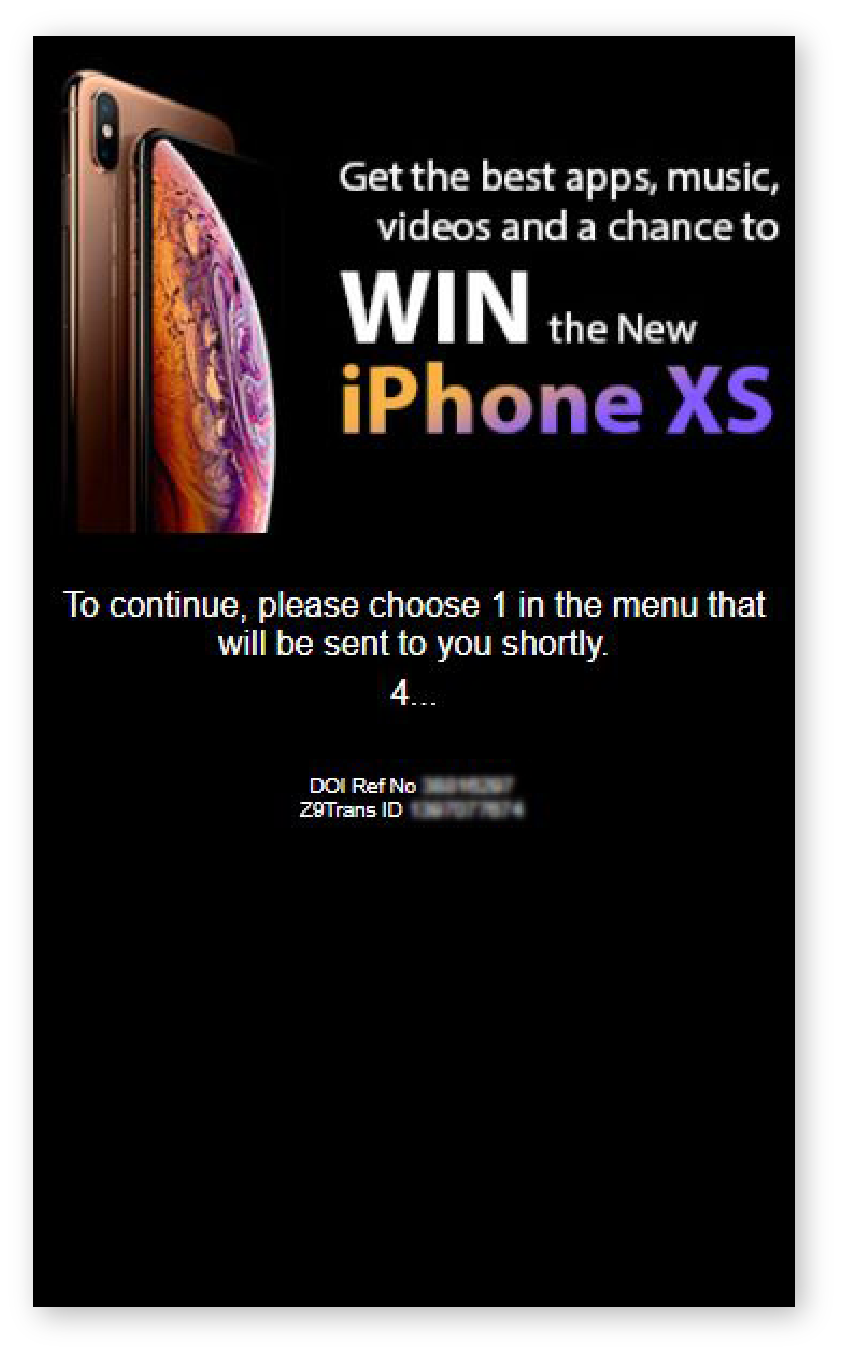Tricks to Get Clicks: How Misleading Online Ads Undermine Your Brand

Online ads that work for your business are not only clear, accurate, and click-inducing, they also give insight into your brand values. Misleading ads are everything but the above.
Should you get worried about misleading ads? In short, yes.
Misleading and outright fraudulent digital advertising is a growing industry problem. Last year, Google blocked over 2.7 billion ads that violated its policies. That’s 5,000 misleading ads per minute! Such staggering numbers suggest that no brand is fully protected against misleading ads.
The Painfully Popular Categories of Misleading Ads
As in-person cons, misleading digital ads follow a similar operational scenario – pitch an attention-drawing promise, followed by the “play” (the moment where you get duped).
The “play” act can be somewhat different each time and use more than one ‘play’ technique at a time. For instance, during a recent run, our ad monitoring platform found this interesting ad ‘specimen’.

When a user clicks the Download button, they get redirected to an irrelevant landing page, prompting them to take part in a quiz to win an iPhone. When they get to the end of the ‘play’ sequence and want to “Claim their gift”, they are prompted to make some service purchase instead.
The ad above leveraged several misleading techniques at once. Let’s unpack these further.
Ads With Misleading Flow
Lured by a too-good-to-be-true promise on the banner, the user clicks an enticing CTA to “learn more”. As a result, they get auto-subscribed to a premium service, added to a newsletter, or redirected to the payment page without their explicit consent.
Ads with misleading flow often purposefully omit the “Confirmation” step from the web flow, redirecting user directly to a landing page that triggers a purchase, subscription, or another action without giving consent. The problematic ad flows can seriously damage the brand’s image and raise users’ complaints in social media.
In the case above, that’s exactly what happens when the user clicks the “Download” button. Instead of a movie, they get served with some quiz they didn’t ask for.
Ads Promoting Misleading Landing Pages
Directing ad traffic to landing pages that feature false, incomplete, or misleading information is another prohibitive practice. According to Google advertising policies, an ad and the landing page it leads to, can be deemed as offering misleading representation when:
- Important material information is omitted/obscured g. full costs of service, the billing process, extra charges, fees, penalties, etc.
- Tax, license numbers, physical address, contact information are not properly displayed when needed.
- A company uses a misleading/inaccurate business name or implies fake affiliations/endorsements.
- The main offer (product or service) is not available according to the stated terms.
Ads With Misleading or Irrelevant Banners
Creating ad banners that feature an offer, irrelevant to the one promoted on the landing page, is another major no-no. The pitch on your ad should always match the offer made on the landing page/pre-lander it leads to. So make sure that your creative across all marketing assets is well-aligned.
A more problematic practice with banners is “brand passing”. To attract users’ attention some fraudsters can use deceptive branding or attempt to falsely pass one brand for another.
Lastly, ad banners can feature incomplete, deceptive, or ambiguous product information. Going back to our example, the banner claims the wrong price, fraudulently indicates stock levels (since there are none) and then provides some business information on the next pre-lander.


Content Locking Ads
Content locking is a hazardous practice of blocking access to certain website/app areas with a banner, requiring further action from the user (such as sharing personal data, making a payment, etc.).
 Source: Zac Johnson
Source: Zac Johnson
Similarly to the aforementioned practices, content locking is prohibited by most ad networks since it undermines user experience. The content locking tactic can be further combined with misleading flows and misleading pages to drag the user deeper into the ploy.
How to Protect Your Brand from Misleading Ads
Due to the sheer scale of ad fraud, unethical behaviors exhibited by low-tier ad networks/agencies, and lack of control mechanisms among some programmatic advertising platforms, honest brands can inadvertently become associated with misleading ads (and forced to deal with consequences).
Since most companies have low-to-no leverage over how third-parties display their ads, the best way to keep your brand intact is proactive monitoring. New-gen digital ad monitoring solutions can recognize the most elaborate ad fraud schemes and can be configured to send instant notifications to you, so that you can take immediate action!
